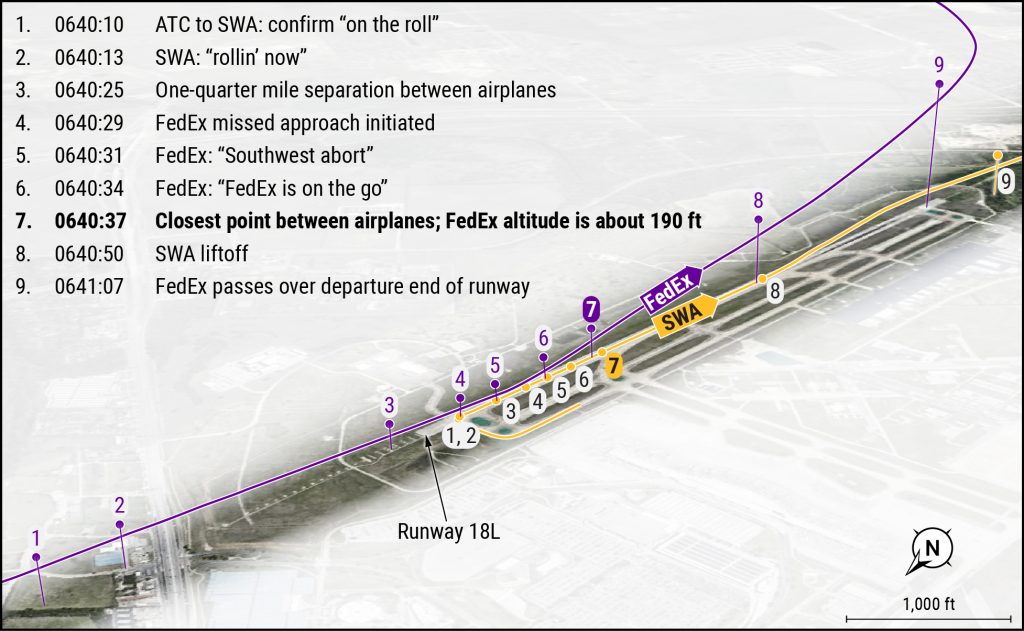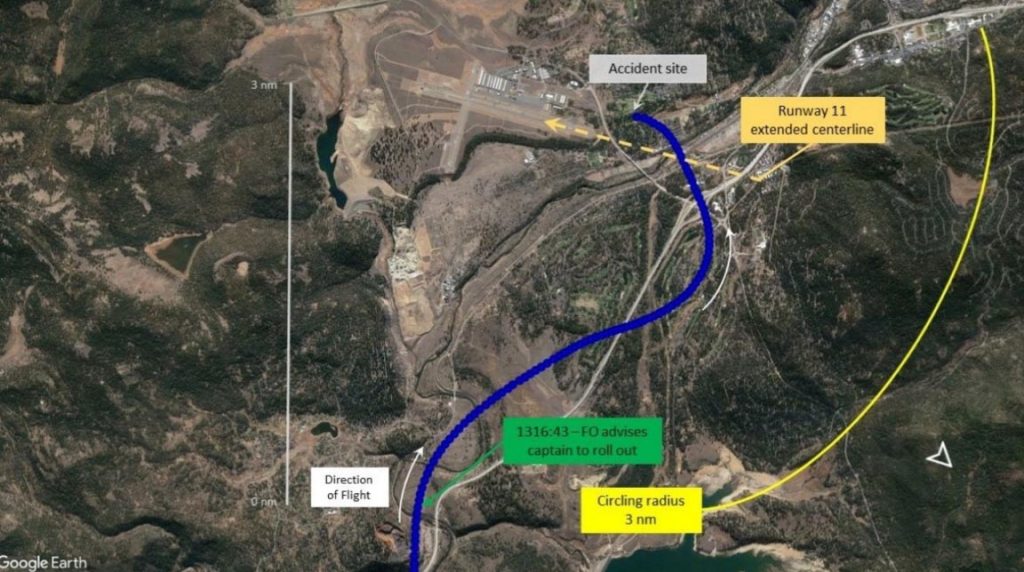The “Quest for Safety” presentation that kicked off the 2024 CJP Safety Standdown focused on situational awareness and several recent, high-profile accidents and incidents demonstrating the need for single pilots to remain cognizant of their surroundings at all times.

“Situational awareness is based on a mental model, and that is just essentially something that you understand to be real,” said Richard Meikle, executive vice president for safety, courseware & compliance at FlightSafety. “That’s what you understand is going on with the airplane and the environment, but it’s also within a construct of time and space; how much time you have to react and how much space you can create between you and the event? Because you don’t want the event to come to you. You want to avoid it.”
For example, a February 2023 runway incursion and overflight incident at Austin-Bergstrom International Airport (AUS) involved a FedEx 767 on approach to land in extremely low-visibility conditions on a runway occupied by a Southwest Airlines 737 that had been cleared for takeoff and took the runway, but then held position as the crew ran their checklists.
“From a FedEx perspective, Southwest checks in with the tower. That’s another airplane to be alert for, and be alert for a potential takeoff clearance for them,” Meikle said. “Southwest gets that takeoff clearance, which means there’s now a threat to [the FedEx crew’s] space, so they should be immediately queued up. Then, tower asks Southwest to confirm they’re on the go. ATC is basically saying he doesn’t know where [the Southwest jet] is.
“[Southwest] did get a traffic advisory with their takeoff clearance, ‘traffic on a three-mile final,’” he continued. “Don’t dawdle on the runway! Or, tell the controller you need to hold position for 30 seconds. Tower would have cancelled their takeoff clearance and told them to advise when ready. Instead, Southwest said they were on the roll, but they weren’t.”
The FedEx jet did ultimately go around, but the Southwest aircraft then started rolling as well. The two aircraft experienced loss of separation over the runway.

Rob Switz, fleet program manager at NetJets, cited several requirements in the fractional operator’s aircraft operations manual (AOM) that help avoid risking a similar situation. “One of the basic concepts for the AOM is moving things from high task saturation to low task saturation,” he explained. “Most everything is done prior to leaving the box. In this particular situation, our briefings would have included the low visibility chart [and] asking what threats are there.”
Once ready for departure, “the only time we really talk between taxiing and take off is a quick brief of the initial 90 seconds of departure,” Switz continued. “Make sure the initial plan hasn’t changed and, if so, what we’ll do to mitigate those changes.”
The session also discussed the October 2023 collision of a departing Hawker jet and a landing Citation Mustang at Houston Hobby Airport (HOU) in Texas (covered in greater detail here [LINK]); the fatal crash of a Citation V that overflew Washington, DC after its pilot became unresponsive; and the fatal circle-to-land accident involving a Challenger 605 at Truckee-Tahoe Airport (TRK) in California.
In the latter, ATC switched runways on the approaching Challenger crew from Runway 11 to Runway 20 at TRK. “They were about to create the first link of this error chain,” said Mark Kleinheins, FlightSafety’s director of safety. “Instead of telling ATC they wished to stay on the RNAV 11 approach, they told the air traffic controller Runway 20 was too short, but they could take the RNAV GPS 20 circle to Runway 11.”

The crew could’ve maintained their situational awareness, Kleinheins noted, by briefing the new approach and programming the aircraft’s FMS and autopilot through the circle-to-land. However, no briefing was conducted and the approach was flown much closer-in than the recommended procedure. Both pilots “seemed to be on different pages,” he added.
The aircraft crashed as it turned sharply for Runway 11; the NTSB determined the cause to be, “the first officer’s improper decision to attempt to salvage an unstabilized approach by executing a steep left turn to realign the airplane with the runway centerline, and the captain’s failure to intervene after recognizing the FO’s erroneous action.”